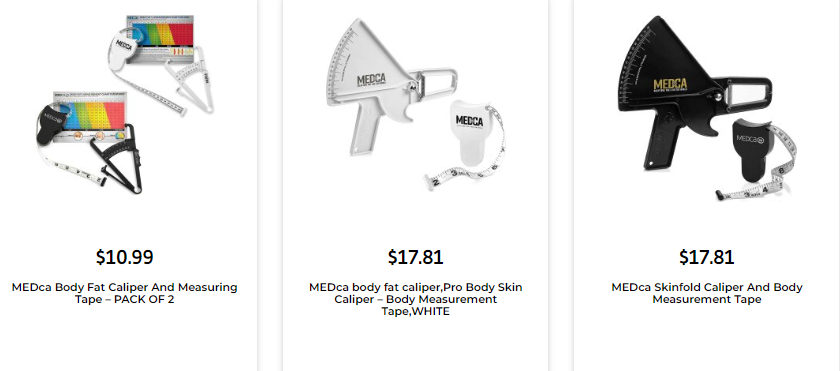Have you ever wondered how a fleet management system aids businesses’ decision making? Managers have the important task of ensuring that every step towards the optimization of a fleet is taken after proper consideration. This means that when an important decision needs to be taken, managers have to properly study the market as well as their fleet. This is to find loopholes in their operations.
To make this studying process easier, the system collects data and stores it in the form of reports for managers. Before we understand this process, it is very important to understand what reports really are.
What are Reports in Fleet Management Software
When we think of the word ‘reports’, what is the first thing our mind conjures up? A document of sorts, probably containing data, right? Well if that was your first thought then you are not far from the actuality that reports represent.
As we mentioned above, a fleet management system collects data that is then categorised in the format of reports. This makes it easier for managers to compare data and form decisions on their basis. If done manually, report formation might become prone to errors. This can heavily hit a fleet’s operations and might even constrict their productivity, leading to losses.
How to Access Analytics Produced by Fleet Management System
Well, after the system has produced reports for managers, how can managers have access to these reports? There are two locations where your fleet analytics are made visible to the viewers. Both are in plain sight so that managers do not have to spend any time looking for data. These two locations are:
- Analytical Dashboard: Fleet management system has two types of dashboards, the traditional dashboard and the analytical dashboard. The latter has all the analytics you choose accumulated in a single place. It serves the purpose of letting fleet owners and managers access data quickly without wasting time.
- Reports: This section is specifically built to amalgamate all the reports the system has to offer. This section is a more detailed analysis of fleet operations. Thus, the study of reports belonging to this section of the software system can help managers optimise their ongoing fleet operations.
Commonly Used Reports in Optimisation
So what do you think are the reports most often used to understand a fleet and change the way it functions? Here is a list of reports that managers rely on during their optimisation process:
Fuel Report
Fuel prices all over the globe have been fluctuating. This is a major cause of concern for all fleet businesses as it leads to chaos in the budgeting process. Since there is no way to control prices, what is the next best thing a company can do?
Regulate their consumption of course! But for this regulation to be set into motion, it is important that managers first understand the reason behind their vehicle’s high consumption.
This is where fuel reports step in. They highlight the fuel consumption pattern of the fleet. With this managers can draw several analyses including the effect of vehicle maintenance on fuel consumption, pilferage rate and so on.
Travel Summary Report
Travel history reports are an all-in-one collection of data that allows managers to see the activities a fleet commenced on each trip. Though customisable, things most commonly included in these reports are:
- Start Address
- Total Distance
- Running Time
- Idle Time
- Stop Time
- OverSpeeding
- End Address
- Average Speed
- Maximum Speed
By studying these reports, managers can deduce the conclusions of a driver’s behaviours on the road. If the reports highlight any issues, managers can address them and find solutions as soon as possible. They can also help train drivers according to their habits on the road.
This report can also serve the role of history, helping managers maintain records of all the trips a fleet has completed. Managers can access reports for six months, giving them the opportunity to compare long-term data.
Sensor Report
All fleets are unique to each other in some way or another. This raises the need for businesses to integrate sensors with their vehicles. Some examples of sensor integration with fleets can be the use of thermometers for the FMCG industry. This makes cold chain supply of perishable goods easier.
All kinds of sensors provide the fleet management system with some kind of actionable data. Businesses can use this data to optimise their fleet’s operations. The data collected by sensors is also categorised and presented in the form of reports. Thus, managers have the freedom to study and work on these records.
Some commonly used sensors with the system are:
- Fuel sensors
- Tilt Sensors
- Door Sensors
- Load Sensors
Geofence Report
A geofence is responsible for alerting managers everytime a driver enters and exits a marked region. This means that managers can geofence either areas they require the drivers to visit or the areas their drivers must avoid. In both cases they can take action in case a driver fails to execute a task.
The reports generated by the system related to geofence allow managers to judge the productivity of their fleet. If a business primarily uses geofences to mark task locations, managers can see if they actually complete their tasks or not. Thus, it can act as a beneficial feature.
These reports also allow managers to see if their drivers require any training regarding the use of such features. This helps improve the overall quality of the fleet.
Benefits of Using Reports from Fleet Management Software
Using the analytics presented by the system can be very beneficial for a business. Some of these benefits includes:
- Better Decision Making: Reports enable fleet managers to use their fleet management system to make better informed decisions for their business. This can include tweeking operations or formulating better training programs for employees.
- Boosted Productivity: It is almost a chain reaction, when the managers have more time to spare due to automated report formation, they can focus more on other tasks. This means an overall boost to the fleet’s productivity. Drivers also get personalised training and are able to perform tasks better.
- Smoother Operations: Report work to highlight all the pain points of a fleet. This allows managers to work towards eliminating issues faced during operations. Thus, it makes the fleet’s working much more efficient and hassle-free.
- Enhanced Visibility: Reports also allow managers to see which drivers or their require training and which are performing well. Thus, it becomes easier for employees to stand out and earn incentives for their hard work.
- Higher Profitability: Studying fleet analysis showcases all the pain points of its operations. Working on these issues will boost the overall quality of the fleet. Good service means better clientele. As the customer relationship strengthens, your business can expand and make better profits.
Conclusion
Studying a fleet’s analytics can do marvel for its operations! This is why data collection is one of the primary roles served by video telematic system. Fleet management softwares with their ability to both collect and save data save fleet managers a lot of time.
Don’t know which software is right for you? Well, we have one picked for you. TrackoBit, the leading fleet management system in the market is an excellent combination of all things good. Its dynamic solutions allow you to not only optimise, but completely transform your fleet operations. So why the wait? Request a demo today!





